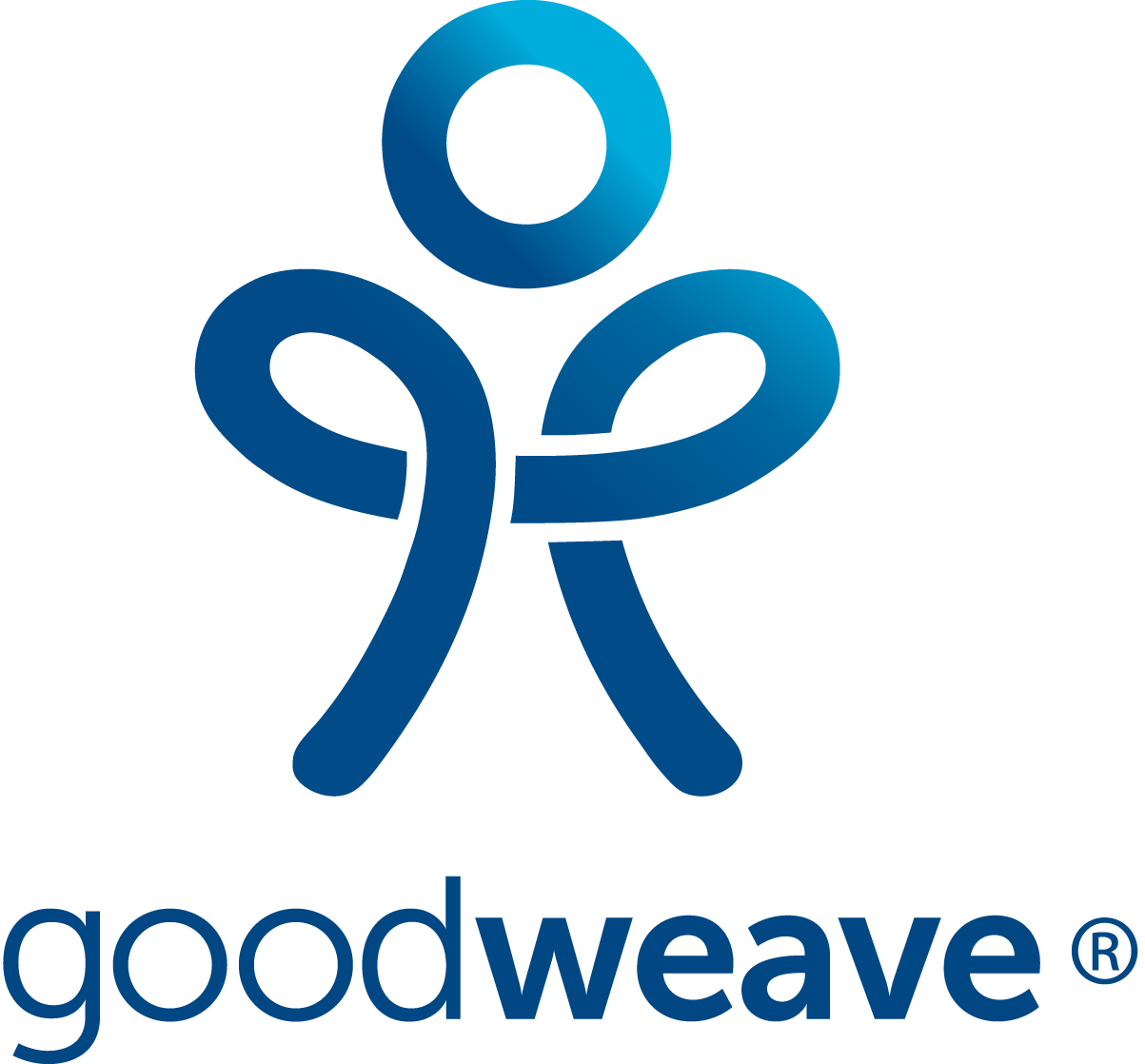Identify your direct value chain partners
Begin by identifying your most relevant procurement categories with high potential for sustainability improvement. Relevance can be determined by factors like procurement spend or revenue share, as well as strategic priorities and sustainability interests.3 Next, identify all of your direct (Tier 1) suppliers for these top categories and create a visual overview by adding them to a map or diagram.4 This should include details such as site locations and supplier activities. You can also add data on sustainability-related impacts and risks, prioritising any suppliers in known high-risk regions or industries. While software can help,5 combining software and other tools with stakeholder engagement often provides a more comprehensive picture.
EXAMPLE: Campbell Soup Company commodity mapping
Campbell’s first mapping effort⁶ focused on identifying hotspots in their supply chain for sustainability risk related to 14 priority ingredients sourced from 5 countries. Campbell’s expanded their second mapping effort to 30 ingredients and added detail by including human rights, governance, and water metrics.
EXAMPLE: Patagonia's transparent supply chain mapping
Patagonia engaged in an effort to map its supply chain and provide transparency on product origins. Leveraging technology, data entry, and intensive collaboration, they have created an interactive online platform⁷ that locates factories globally, providing customers with better insights into the manufacturing journey of each product.⁸
EXAMPLE: Cargill maps cocoa suppliers using satellite technology
Cargill has leveraged GPS and satellite technology in partnership with organisations like the World Resources Institute, to develop an interactive map disclosing the locations of direct sourcing partners across Côte d’Ivoire, Ghana, and Cameroon. By increasing transparency the initiative aims to tackle issues like deforestation and child labour in the cocoa industry.9






![Responsibly [PAY TO USE] cover](http://images.ctfassets.net/9wz1ed4si6rc/0G5t8rPZND27M9nh2CTnz/4c787d3391ca869d8640655e94df7901/image.png)

![ESG.tech database [PAY TO USE] cover](http://images.ctfassets.net/9wz1ed4si6rc/2ayLfYvqXeTUxst66MyEPO/24e557eaed2386dfa592d2544ec67d27/image.png)
![Sourcemap [PAY TO USE] cover](http://images.ctfassets.net/9wz1ed4si6rc/5ar8TOWE3jRwh0XnyiGdLc/e60609b3c93a4573bd928bfd861505d7/image.png)
![Interos [PAY TO USE] cover](http://images.ctfassets.net/9wz1ed4si6rc/26atdE4a2GJsA7GOG4d2My/6e7bd7c3b1fdbe4c2b7954695c068ceb/image.png)